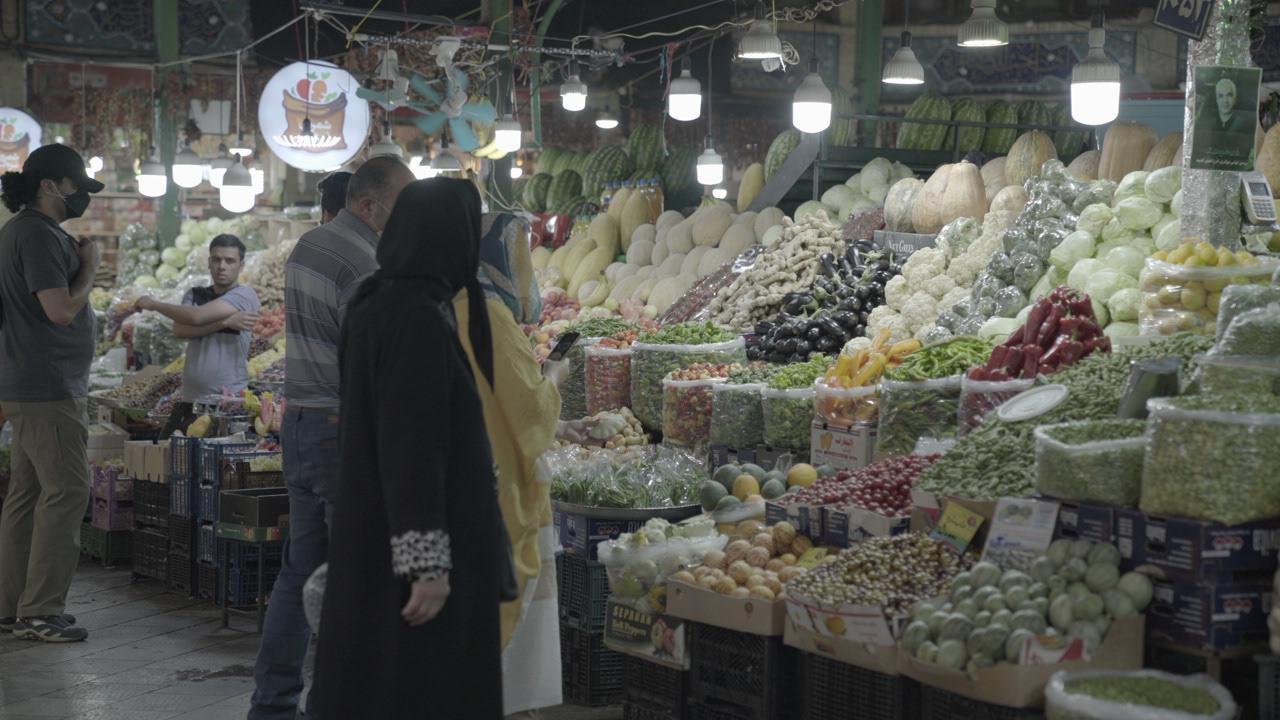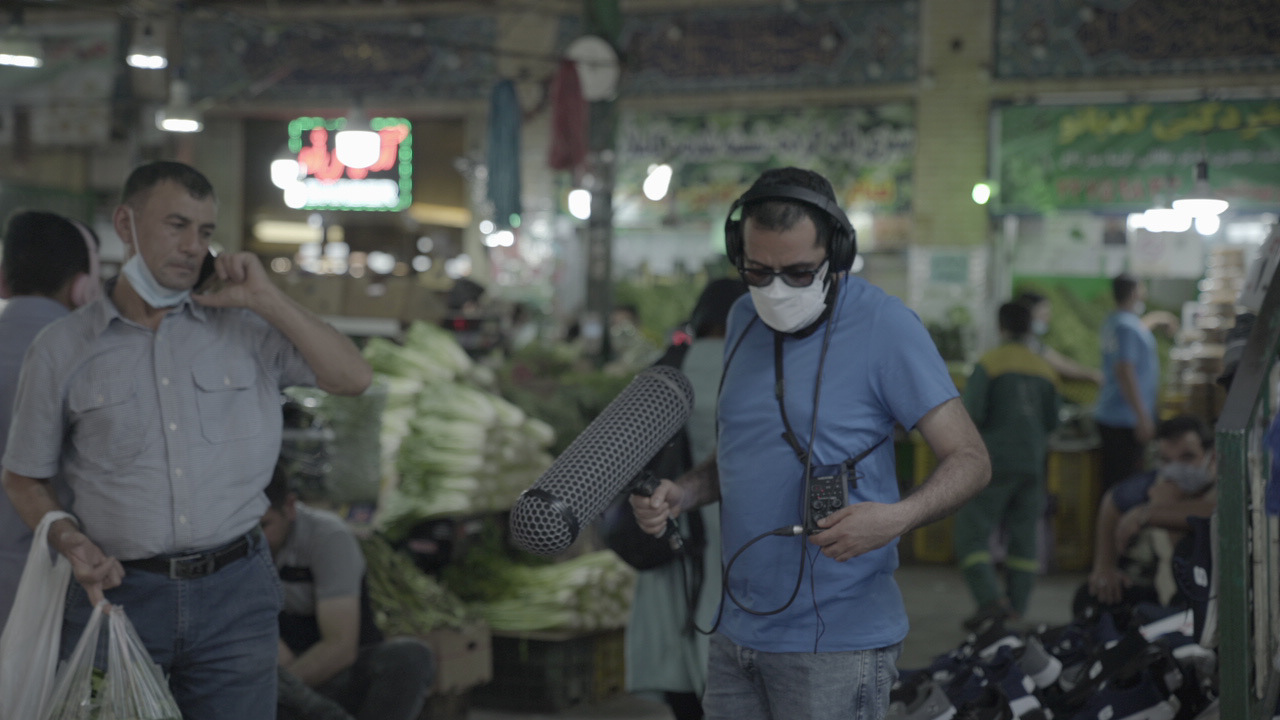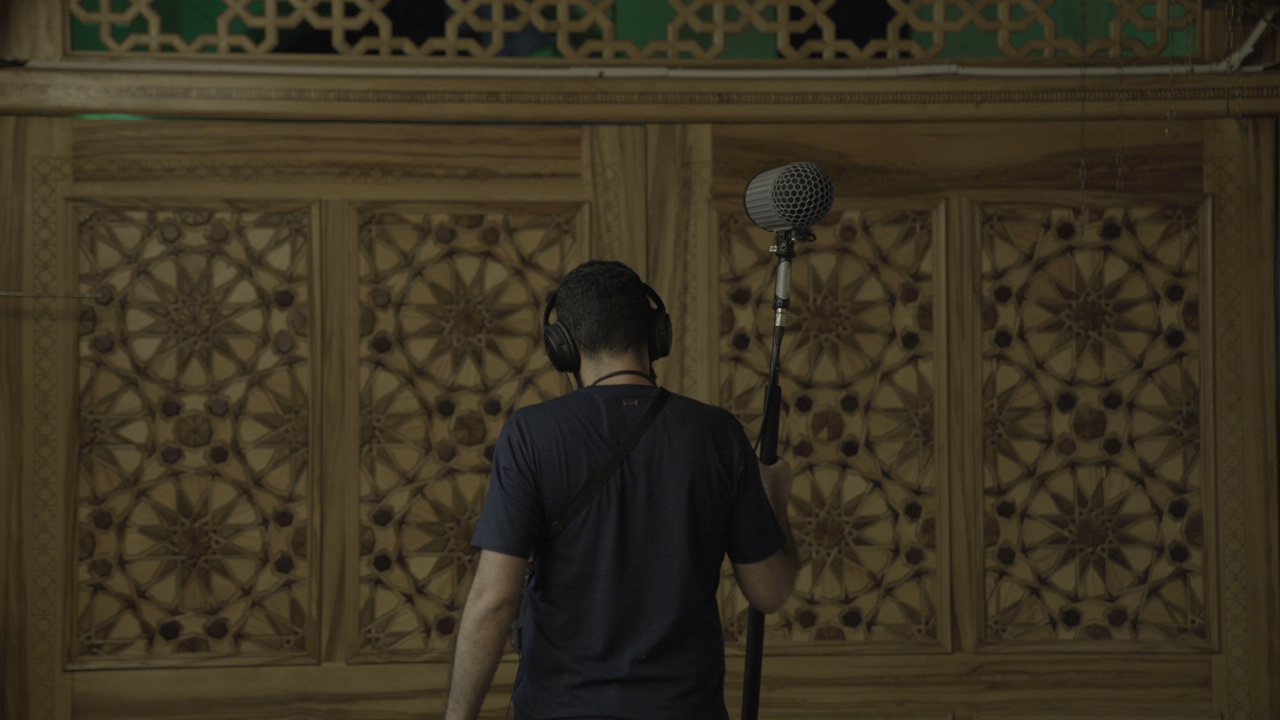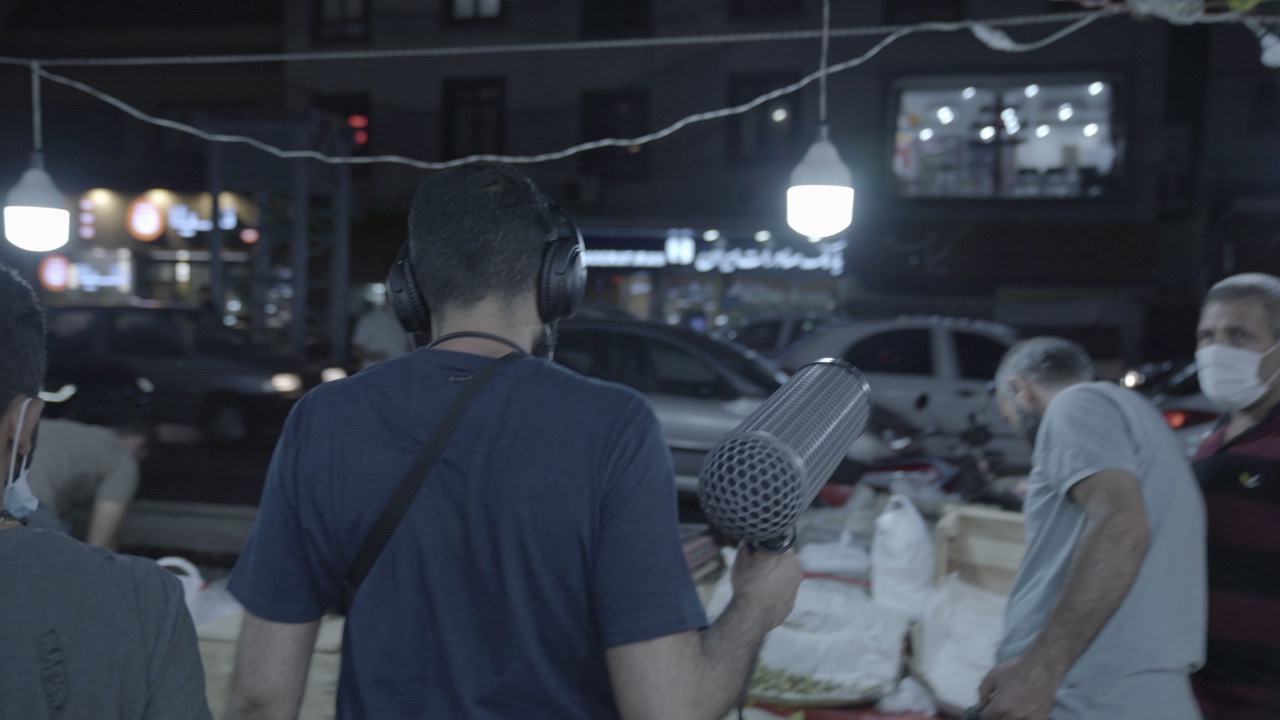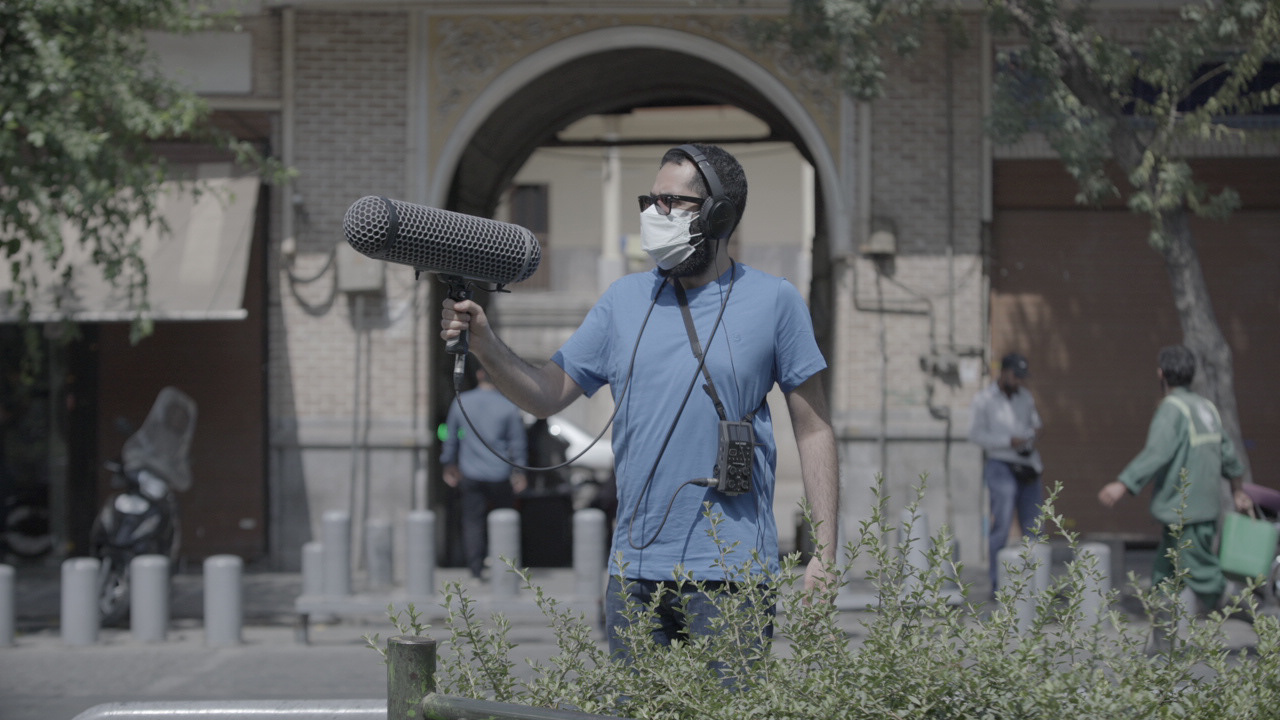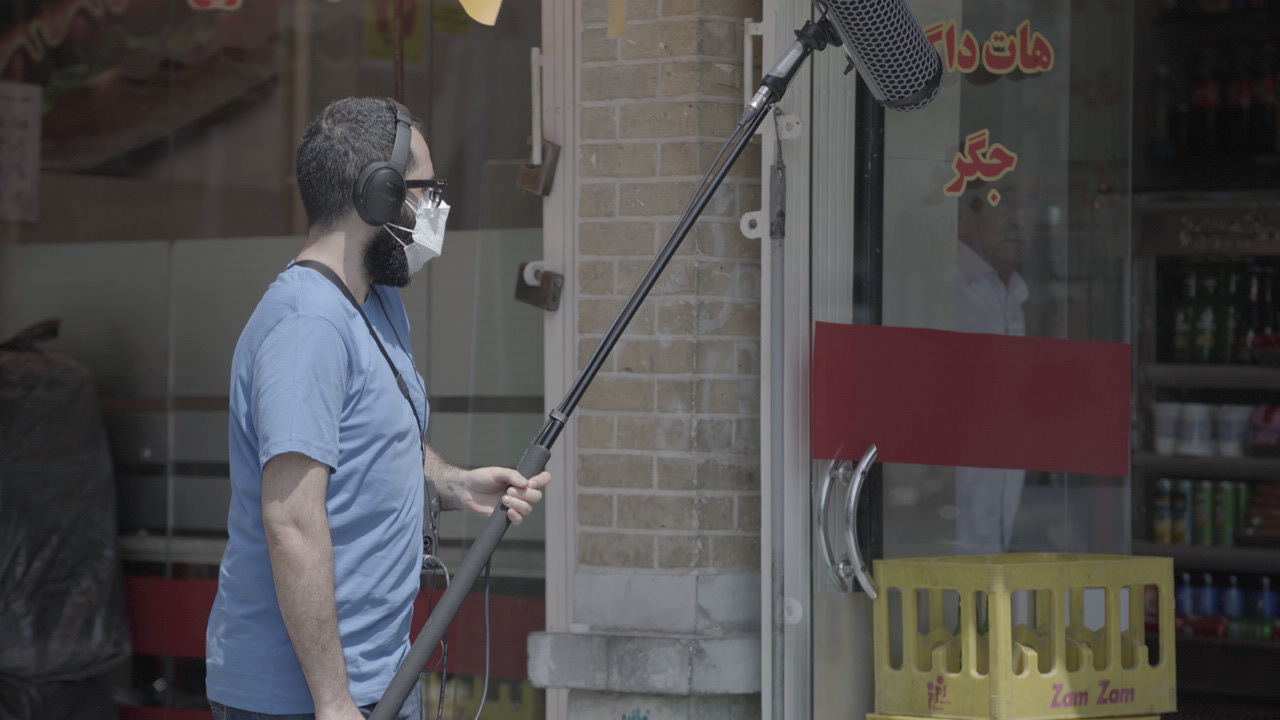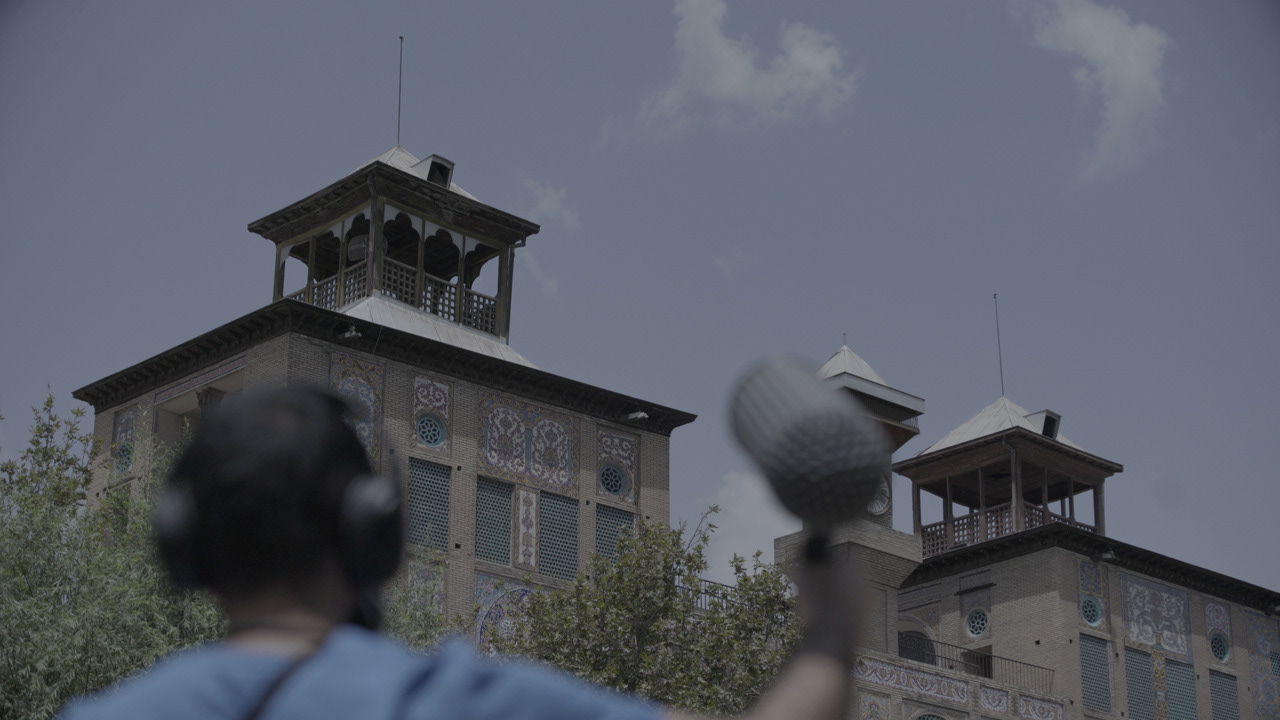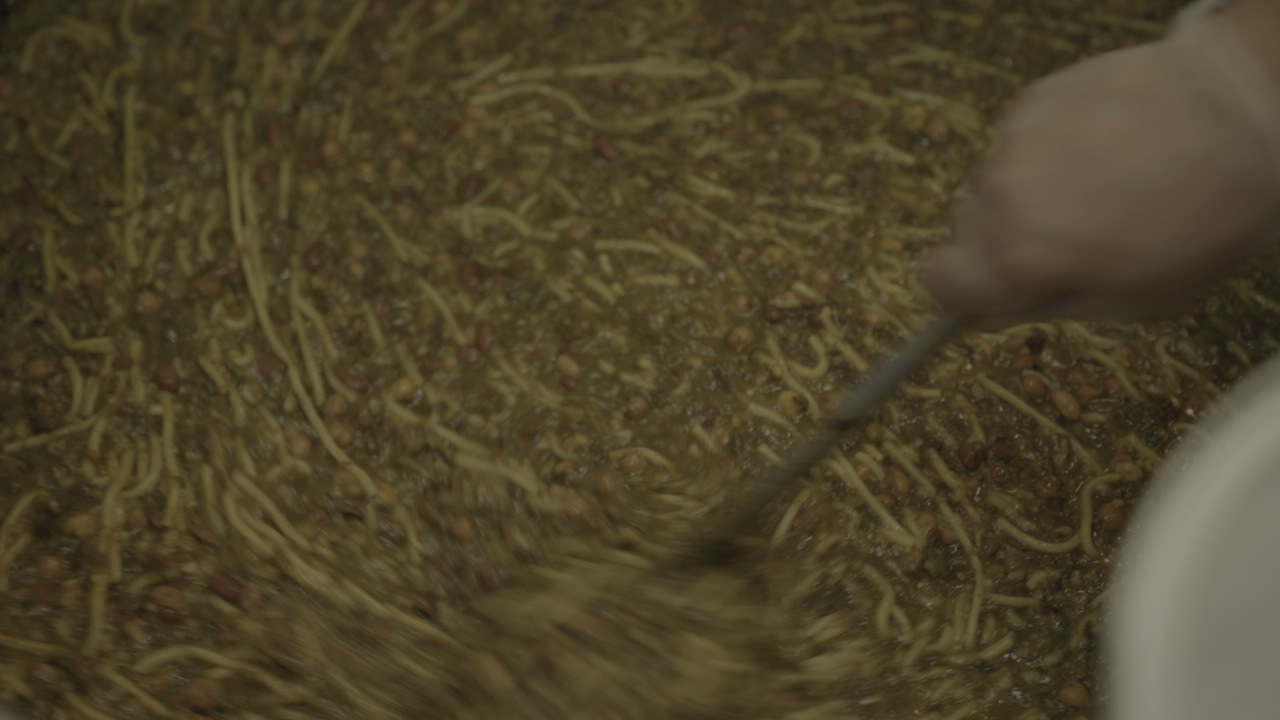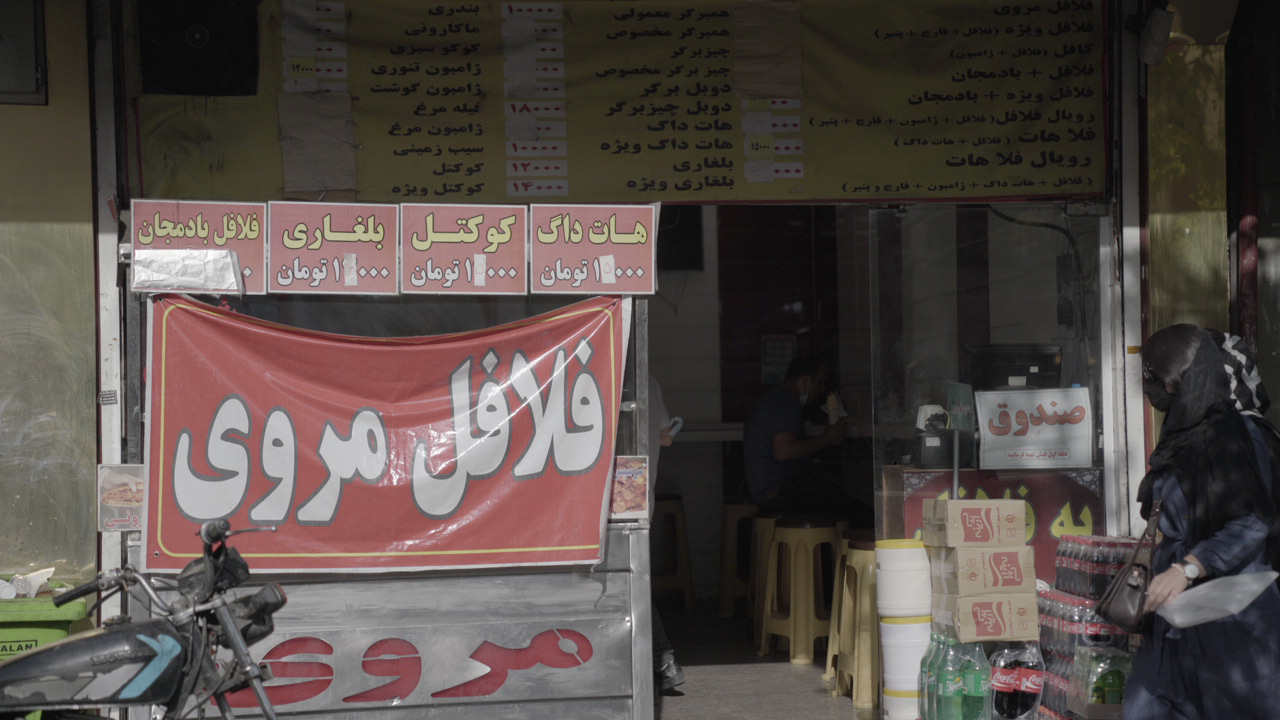To know the effect of Iranian immigrant's sound and smell on European cities, I tried to explore the identity of Tehran in sound and smell. The Pahlavi street runs from Tehran's railway station south of the town to the Tajrish square in the north. The longest street in the city, connectivity with religion, historical and cultural cores of old Tehran from south to north, connected many social classes with different socio-economic characters in conflict.
The area under study, Pahlavi Street, is considered one of the noisiest areas in Tehran. Due to the age and fame of this Street, the sound of water streams and birds nesting in the plane trees used to be identity-forming elements of this street, contributing to its liveliness in the past. However, these characteristics have faded with the influx of vehicles, so Pahlavi Street no longer has a desirable soundscape. The main reasons for choosing this neighborhood are the loss of the soundscape identity of Pahlavi Street and the long-overlooked role of sound in people's satisfaction with urban spaces. While recounting the concept of soundscape and its role in people's perception, this research identifies the qualitative properties of sound and theories of thinkers.
What is clear is that the acoustic atmosphere in the Bazaar, Takyeh, and Tajrish Square is different. The measured sound pressure levels in the three studied spaces show that the difference in sound intensity can partly cause this difference in acoustic landscapes. On the other hand, the reverberation time determines the amount of resonance heard in the space, and the measured values show that resonance in different types of spaces varies. The amount of resonance can significantly affect the sound quality, especially in the Bazaar, where the dominant sound is widespread and heard in all parts. As stated, the measurements show that some components affect the amount of echo. The presence or absence of these components in different types of spaces, and even in different points of each space, is different from each other, and naturally, what is heard and how it is heard in various parts varies.
In the Tajrish Mosque, around the central point near the pool, the dominant sounds are water, the leaves of trees, sparrows, and crows. The crow's song might respond to another, first heard from a tree in one corner of the Tajrish Square and a few seconds later from atop another tree in a different corner. This temporal difference in attending to a specific sound can create degrees of resonance in the listener. As one moves from the center of the Tajrish Square towards the sides to the entrance of the corridor that connects the Tajrish Square to the Bazaar, the sound of crows and sparrows gradually diminishes, and the sound of people talking, footsteps, and carts starts to dominate. Joint points, the entrance of the corridors, are spatially and acoustically particular points. At these points, because of the placement of the dome at the beginning of the corridor, the reverberation time is zero, and no echo is felt at that point. However, at this point, one can hear the geophonic and biophonic sounds of the Tajrish Square and people talking or engaging in activities. On the other hand, the hubbub of the Bazaar gradually becomes audible; on the one hand, one feels the natural light of the Tajrish Square space, and on the other hand, one sees the darker space of the corridor and then the Bazaar. The difference in temperature and humidity between the Tajrish Square and the interior of the Bazaar, alongside other factors, causes all five human senses to feel the state change.
After passing through the corridor that connects the Tajrish Square to the Bazaar, the condition of the acoustic landscape completely changes upon entering the Bazaar. Geophonic and biophonic sounds are removed, and what is heard is human activity in the ongoing market. The conversations of people with each other and the hum from the sound of people's footsteps is the dominant sound that spread like air along the length of Rasteh Bazaar Tajrish. The regular and repetitive geometry of Rasteh Bazaar Tajrish makes the amount of heard resonance nearly the same at different points. The sound pressure level is such that it is physiologically suitable for humans and does not cause annoyance. However, occasionally, the sound of carts that are accompanied by the call of their users or the sound of moving goods, which sometimes involves dropping them, suddenly disrupts the auditory stability in the space. This disruption of peace is more intense when a motorcycle suddenly appears in the Bazaar. The uniform hum of Rasteh Bazaar Tajrish does not have a high intensity of sound, but the sudden occurrence of sounds like a motorcycle or a cart causes instant fear in people. Many people also become momentarily anxious upon hearing the warning call of "Yallah."
Conversely, some sudden sounds are like sign sounds and create a pleasant feeling. During the middle hours of the day, the call to prayer is heard from the Bazaar mosques; subsequently, food vendors appear in the market and make their presence known loudly, sometimes in the form of singing. On hot summer days, some itinerant vendors also sell cold drinks, accompanied by their vocal announcements. Sometimes, other mobile vendors are busy selling music products, and to introduce their products, they play music, which creates an exciting contrast with the auditory atmosphere of the Bazaar. Music, drink, and food vendors act as linear sound sources; their sound is part of the sign sounds.
Rasteh Bazaar Tajrish is a longitudinal and transitional space that usually has medium light and is often crowded with people, making it difficult to stand and pause. This issue causes the tolerance threshold against sounds generated by the high density of the population to decrease to some extent. However, changing direction from moving along the length of the Bazaar towards Takyeh causes a sudden change in the information received by the human senses. The space of Takyeh, benefiting more from natural light, is brighter; the crowd of people is significantly less; standing, pausing, and waiting is easily possible; and most importantly, the stunning architecture and beauty of the space are striking. When moving along the Bazaar's length, the sound is perceived as a widespread sound and considered the dominant sound. But when the listener is present in the Takyeh, the hum of the Bazaar is heard as a point sound from the entrance of the Takyeh and has a lesser intensity. The phenomenon of echo in the Takyeh is more due to a wide area of glass coverage, and the resonance that the person present feels is relatively more intense. The peaceful space of Takyeh and the fewer people present make the sound of talking more clearly perceived. Unlike the Bazaar, where the sound of talking is part of the acoustic background, in the Takyeh, it is a signal sound that may be unpleasant for some, especially for market businesses. In fact, with the change in the type of space, the role of identical sounds also changes.
The previous lines describe individuals' mental and perceptual feelings as they move from one type of space in the market to another. The Tajrish Square, the Bazaar, and the Takyeh are inherently different from each other, and their different spatial characteristics cause the person to feel a difference and variety in the spatial experience as they move and relocate in them. What is referred to in urban design literature as "spatial contrast" is observed in this case. Contrast causes each space to be differentiated from adjacent spaces, and according to many thinkers, creating a series of contrasting spaces in the city is considered one of the fundamental principles of urban design that has so far been emphasized mainly on human visual perception. This spatial quality is ultimately created with great delicacy in the series of spaces in Tajrish Bazaar. An important point concerning this research topic is that alongside "spatial contrast" in the series of spaces of Tajrish Bazaar, "acoustic contrast" is also perceived. Different types of spaces in the market, Bazaar, Takyeh, and Tajrish Square, have different geometric and physical characteristics that cause them to exhibit other acoustic behaviors. This factor drives the sound of each space to be heard differently.
Moreover, the sound sources present in the types of spaces vary, which also causes "what is heard" to be different. This difference in what is heard and how it is heard is more intensely felt as a person moves from one type of space to another. It can be asserted that this difference in auditory sensation results from the quality of "acoustic contrast," which specifically refers to the diversity of soundscapes in different types of spaces in the market complex.
